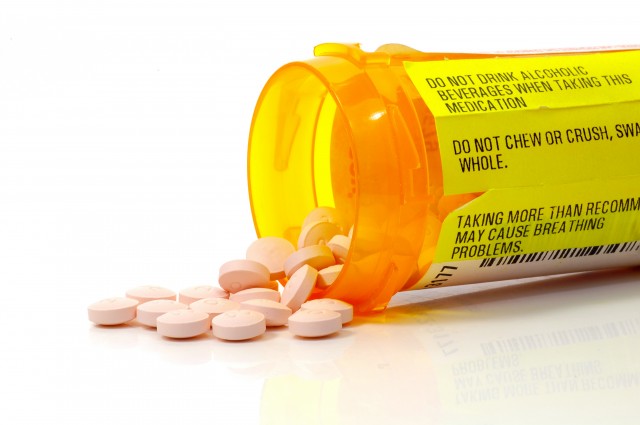"It’s going to be English/Chinese or English/Vietnamese," he said. "By the time they get home they know exactly how to take the medication, because it’s in their own language."
This week California's Board of Pharmacy will discuss new regulations that would require all pharmacies in California to provide translated labels on prescription drug bottles. Statewide, 44 percent of Californians speak a language other than English at home. New York approved a similar rule last year to make it easier for non-English speakers to take their medications properly and avoid costly mistakes.
But the board’s executive officer Virginia Herold says the move is very controversial. For starters, there is a concern that requiring translated labels would require larger bottles of pills to fit all the text. But she says patients don’t like larger bottles.
"They decant the drug out of the large container, put it in a baggie or someplace else," Herold said. "There you’ve separated the drug from the container, now the instructions on how to take it have been separated."
Pharmacists don’t like the proposal because they say it opens them to liability if there’s a mistake in the translation. Brian Warren is with the California Pharmacists Association.
"If the label is translated into Russian and there’s an error, and I’m a pharmacist that does not speak Russian, I cannot verify that that error exists," Warren said.
At present, the state's board of pharmacy includes on its website translations of basic instructions such as "take one pill at bedtime" in five languages: Chinese, Russian, Spanish, Korean, and Vietnamese.
Proponents of translating labels say that concerns about the change are outweighed by the problems patients who speak limited English face under the status quo.
"There’s a risk right now," said Sarah de Guia, director of government affairs for the California Pan Ethnic Health Network, an advocacy group. "They can’t understand anything on their label because the label is not in their language."
De Guia says the expansion of insurance under the Affordable Care Act places more urgency on the issue.
"You’re going to have 1.5 million more limited-English proficient individuals in the health care system now that the ACA has passed.
The discussions are in the earliest stages, and if new regulations go forward, many details need to be worked out, including how many languages press and who would have responsibility for translation.
